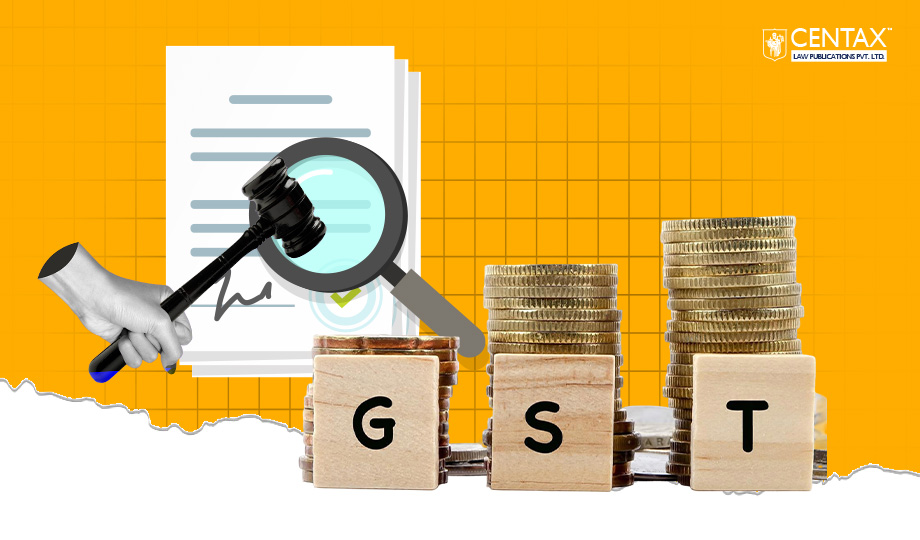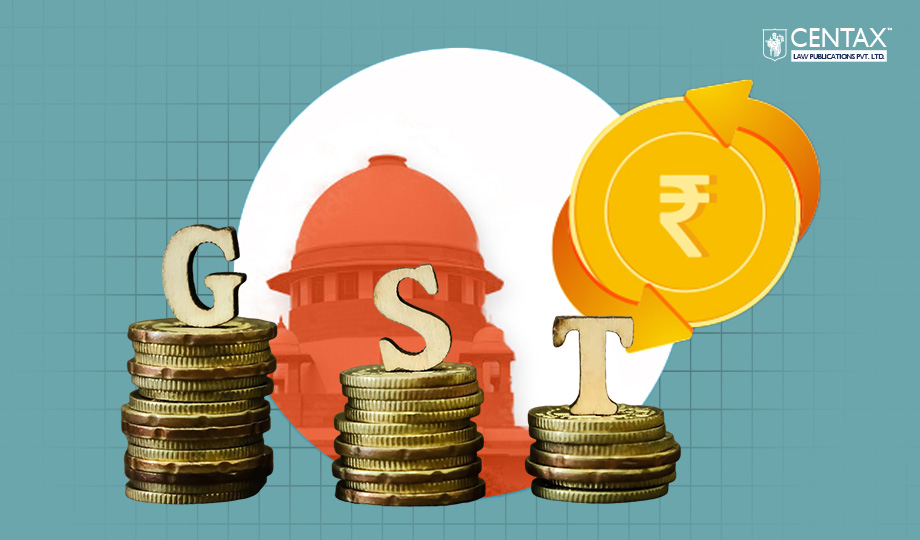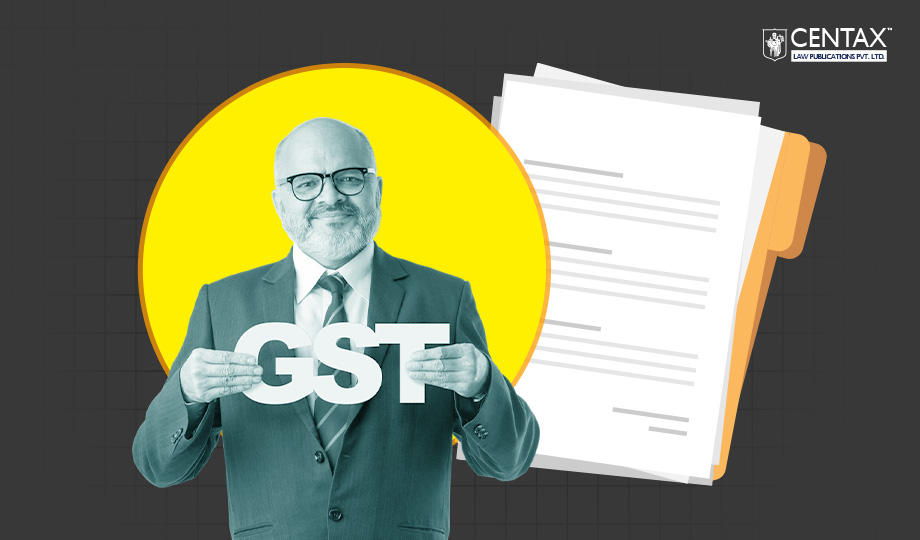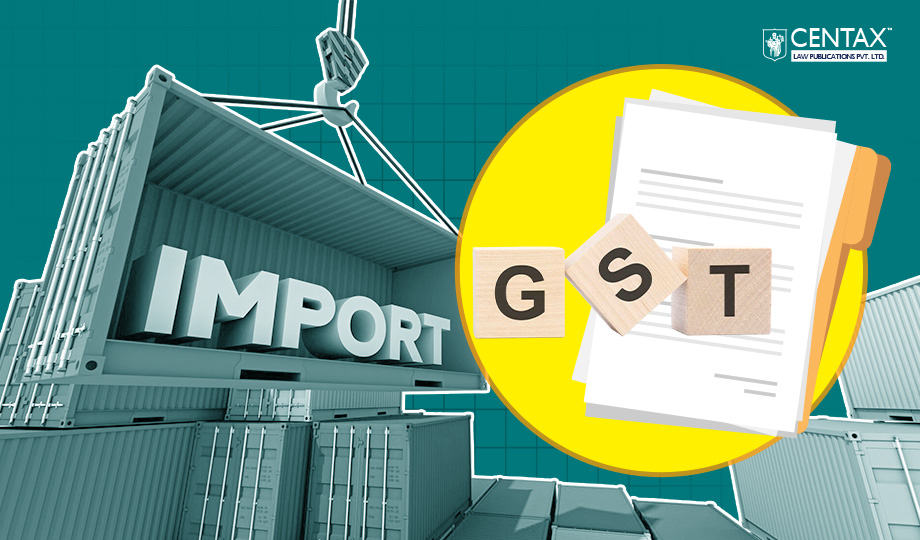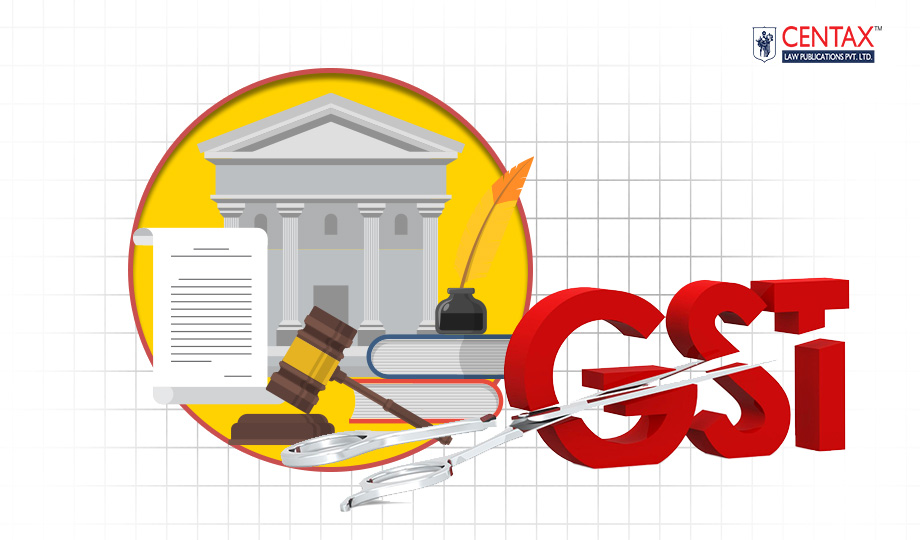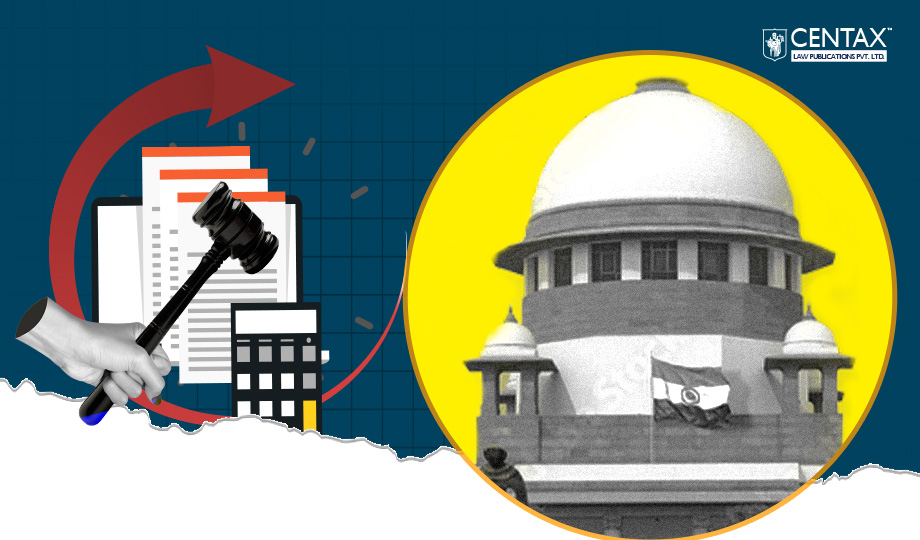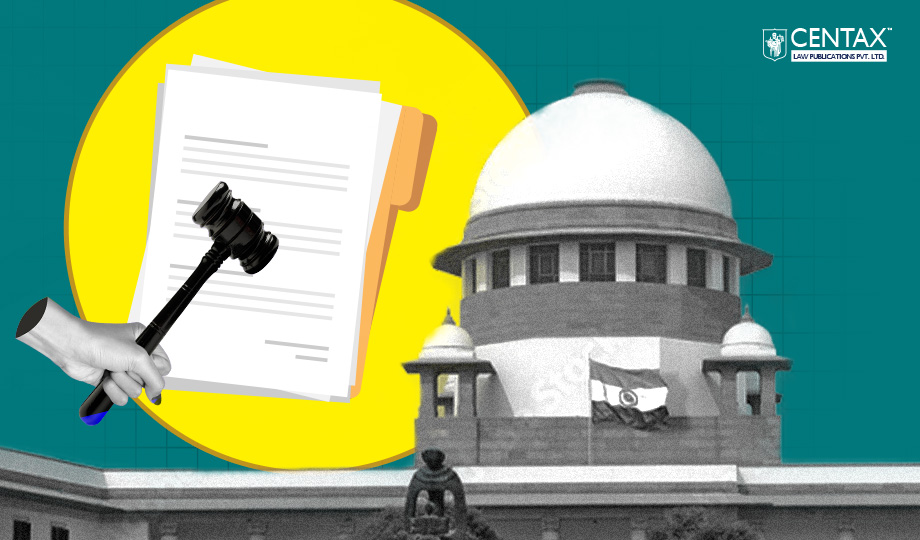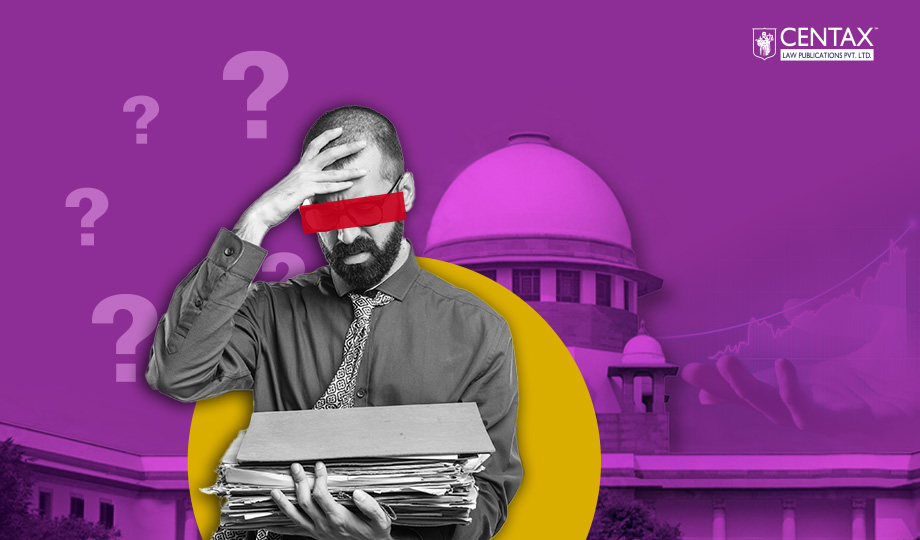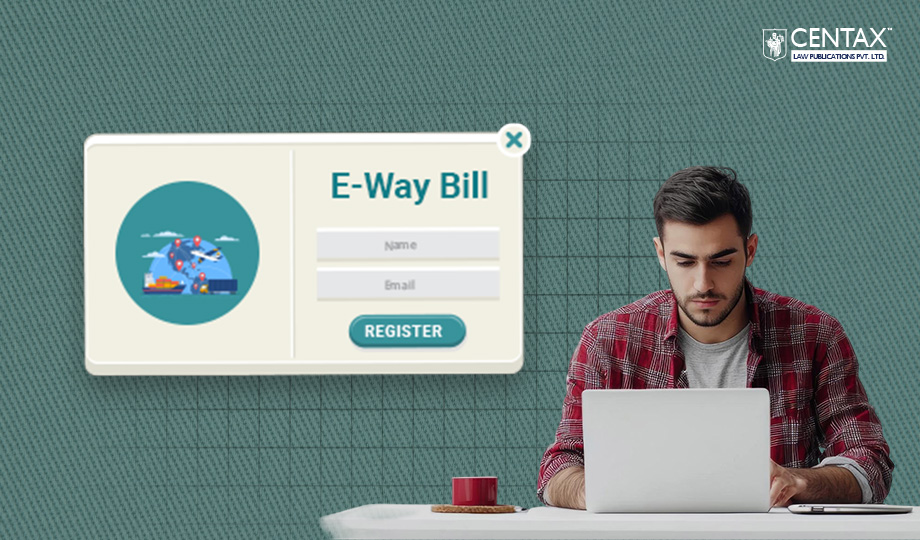
GSTN Advisory, Dated 16-06-2025
The Goods and Services Tax Network (GSTN) has announced the launch of the E-Way Bill 2.0 portal, developed by the National Informatics Centre (NIC). The new portal will be accessible at https://ewaybill2.gst.gov.in and will go live on 01 July 2025.
1. Purpose – Ensuring Uninterrupted Access and System Resilience
The launch of E-Way Bill 2.0 is aimed at providing uninterrupted access to E-Way Bill services, especially during technical issues or downtimes with the existing portal (https://ewaybillgst.gov.in). By enabling seamless switching between the two portals, this move ensures business continuity for taxpayers and logistics providers.
2. Enhanced Interoperability and Real-Time Synchronisation
Both portals will operate in a synchronised environment, ensuring that data — including generated E-Way Bills, transporter updates, and other changes — is automatically reflected across platforms in real time. This interoperability allows users to perform critical actions on either portal without the risk of data loss or duplication.
3. Key Functionalities Available Across Both Portals
Taxpayers and transporters can perform the following actions from either E-Way Bill portal:
- Generation of E-Way Bills
- Update of Vehicle or Transporter Details
- Extension of E-Way Bill Validity
- Retrieval of Consolidated E-Way Bills
- Cancellation or Rejection of E-Way Bills
- Tracking and Viewing of E-Way Bill History
This mirrored system eliminates the risk of operational disruption during maintenance or technical glitches on any one platform.
4. API Access for Seamless Integration
In addition to a user-friendly web interface, E-Way Bill 2.0 provides comprehensive API access for all functionalities. This will enable:
- Easier system integration for ERP providers, logistics platforms, and large taxpayers
- Automated workflows for real-time E-Way Bill operations
- Reduced manual intervention, promoting faster and more accurate compliance
5. Testing and Transition – Use of Sandbox Environment
To help stakeholders transition smoothly, the GSTN encourages all API users and integrators to explore the sandbox environment provided for E-Way Bill 2.0. This will allow:
- Testing of API endpoints and workflows
- Identification of compatibility issues
- Training of staff and operational preparedness ahead of the go-live date
6. Conclusion
The dual-portal E-Way Bill system marks a significant step toward strengthening digital infrastructure under the GST regime. By enabling real-time synchronisation and ensuring full feature parity across platforms, GSTN aims to deliver a resilient, efficient, and user-centric experience for all stakeholders in the goods transportation ecosystem.











